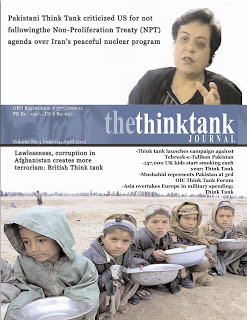The recent airstrikes between Iran and Pakistan have thrust the region into heightened tensions, shedding light on the intricate geopolitical dynamics at play.
Focused on insurgent groups seeking an independent Baluchistan across Iran, Pakistan, and Afghanistan, these strikes go beyond mere border skirmishes, delving into the complexities of regional relationships and power struggles.
The Border Quandary:
Spanning a vast 900-kilometer stretch, the Iran-Pakistan border is rife with lawlessness, smuggling, and militant activities. Both nations have, at various times, accused each other of harboring or tolerating insurgent groups operating on the opposite side. The recent strikes, targeting groups entrenched in each other’s territories, underscore the challenges posed by this shared and tumultuous border.
Insurgent Groups in the Crosshairs:
Iran’s precision strike aimed at Jaish al-Adl, a Sunni separatist group believed to operate from Pakistan, while Pakistan’s calculated response targeted the Baluchistan Liberation Army and the Baluchistan Liberation Front, suspected of finding refuge in Iran. The decision to launch airstrikes across borders rather than addressing insurgents within their own territories hints at a deeper mistrust and a lack of collaborative counter-terrorism efforts.
Internal Pressures Unveiled:
The motivations behind these airstrikes are multifaceted, influenced by internal dynamics unique to each nation. Iran, grappling with growing pressure, responded following a deadly Islamic State group attack and amidst Israel’s ongoing conflict with Iran’s ally, Hamas. On the other hand, Pakistan’s airstrike is perceived as a response to domestic pressures, showcasing military strength amid concerns about a weakened army.
Strategic Posturing:
Iran, in a strategic move, initiated an annual air defense drill stretching from Chabahar near Pakistan to the border with Iraq. This comprehensive exercise, featuring live-fire engagements, adds a layer of complexity to the evolving regional situation. The airstrikes, while serving internal and domestic agendas, also raise questions about the military preparedness, radar systems, and air defense capabilities of both Iran and Pakistan.
Geopolitical Implications at Play:
The airstrikes may extend beyond bilateral tensions, manifesting broader geopolitical considerations. For Iran, these strikes serve as a measured demonstration of military capability without directly engaging in a wider confrontation with Israel or the United States. In Pakistan’s case, the airstrikes alleviate immediate domestic pressure but introduce the potential for retaliation from insurgent groups, potentially escalating tensions in the already volatile region.
Unraveling Unanswered Questions:
As the dust settles, numerous questions linger. Will there be further airstrikes, and how well-prepared are Iran and Pakistan’s military infrastructures? What impact might these actions have on regional stability, especially given the ongoing tensions between nuclear-armed rivals India and Pakistan? The intricate tapestry of these geopolitical maneuvers necessitates a vigilant examination of the unfolding events in the region.
Conclusion:
The airstrikes between Iran and Pakistan transcend mere border clashes, offering a glimpse into the intricate geopolitical web that defines South Asia. Balancing internal pressures, regional complexities, and strategic considerations, both nations have chosen to address insurgent threats across their borders. The consequences of these actions remain uncertain, with potential ripple effects on regional stability, diplomatic relations, and the delicate equilibrium of power in the broader geopolitical landscape.




